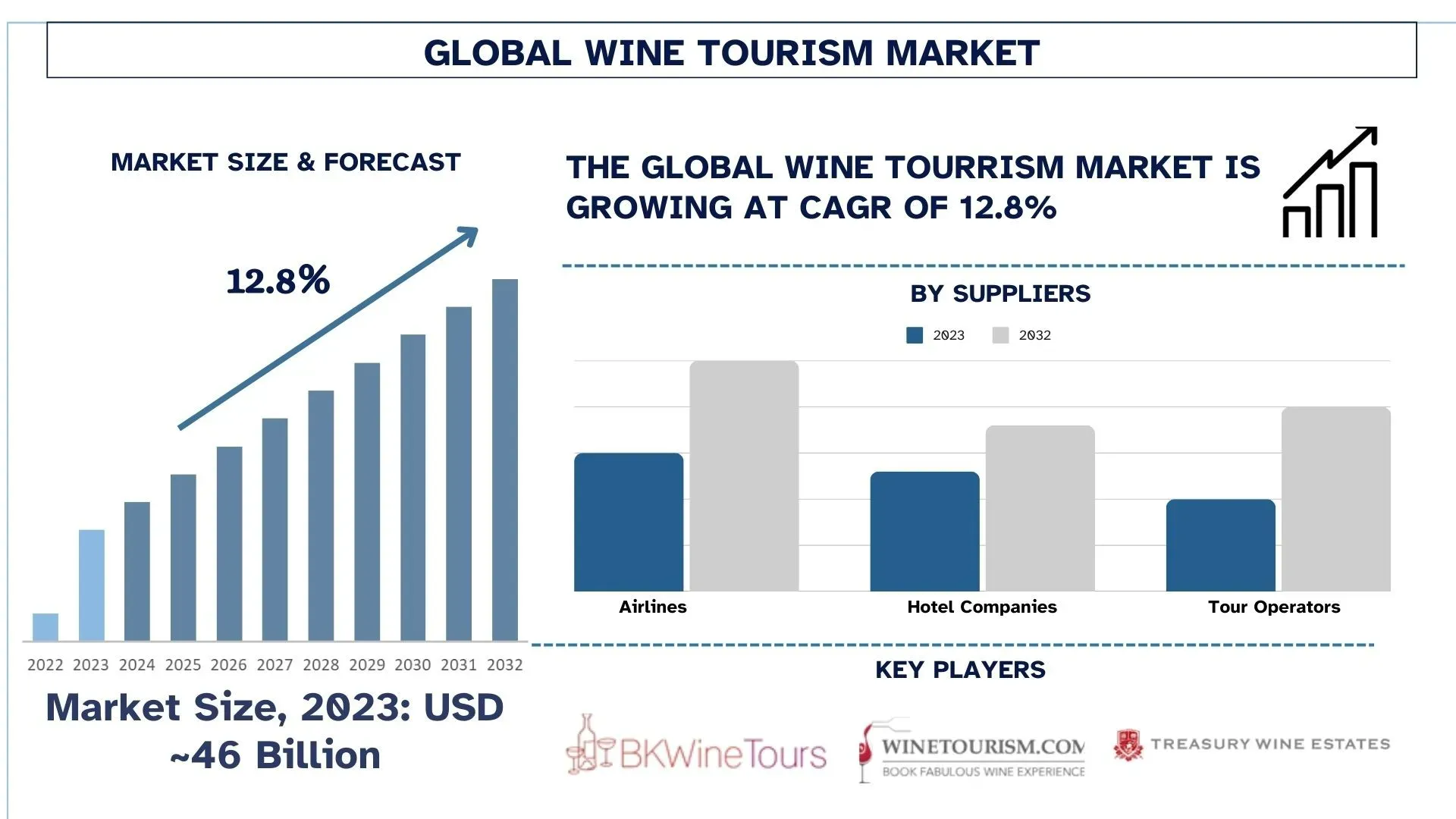Telemedicine and AI: The Future of Digital Healthcare

In an age where digital technology is revolutionizing every sector, healthcare is undergoing a radical transformation through telemedicine and artificial intelligence (AI). The convergence of these two technologies is paving the way for smarter, faster, and more personalized patient care.
As highlighted in the latest Telemedicine News, AI-powered telemedicine platforms are now doing more than facilitating remote consultations—they’re diagnosing diseases, triaging patients, personalizing treatments, and predicting outcomes. This article explores how this powerful synergy is shaping the future of digital healthcare globally.
Understanding the Basics: What Are Telemedicine and AI?
Telemedicine allows healthcare providers to consult, diagnose, and treat patients remotely using communication technologies like video calls, apps, and mobile health platforms.
Artificial Intelligence involves machines mimicking human intelligence—learning from data, identifying patterns, and making decisions with minimal human input.
Together, AI and telemedicine make healthcare smarter, faster, and more scalable. In fact, Telemedicine News reports that over 70% of global health systems are investing in AI-integrated telehealth services as of 2025.
How AI Is Enhancing Telemedicine Today
1. Automated Triage and Symptom Checkers
AI-powered bots like Babylon Health, Ada Health, and Mfine help patients assess symptoms and recommend care pathways even before speaking to a doctor.
This reduces the burden on hospitals and helps patients access the right care at the right time.
2. AI-Driven Diagnostics
Advanced AI models can now analyze:
-
X-rays, CT scans, and MRIs
-
Skin conditions
-
Ophthalmology images
-
ECG patterns
Platforms like Google’s DeepMind, Qure.ai, and Lunit are already being used to support radiologists and cardiologists remotely.
3. Remote Patient Monitoring (RPM)
Wearable devices (e.g., Apple Watch, Fitbit, BioBeat) collect real-time data—heart rate, oxygen saturation, glucose levels—and transmit it to doctors through AI dashboards.
AI then identifies patterns, detects abnormalities, and sends alerts if interventions are needed.
4. Natural Language Processing (NLP) in Teleconsultations
AI tools like Nuance DAX, powered by ChatGPT and other LLMs, transcribe and summarize teleconsultation notes automatically—saving time for doctors and improving documentation accuracy.
Post-Pandemic Acceleration of AI in Telehealth
COVID-19 was a catalyst. Between 2020 and 2023, telemedicine visits rose by over 300%, and AI adoption in healthcare followed closely.
According to recent Telemedicine News, this phase led to:
-
Massive digitization of patient records
-
Acceptance of virtual care as a primary channel
-
Investment in AI-powered health tech startups
Now, in 2025, we’re entering a phase where AI + telemedicine isn’t experimental—it’s essential.
Real-World Use Cases Around the Globe
🔬 India: AI-Assisted Rural Diagnostics
Government telemedicine platforms like eSanjeevani now integrate AI-powered radiology screening tools from startups like Qure.ai to serve rural areas with no specialists.
🧠 USA: Mental Health & AI Therapy Bots
Platforms like Wysa, Woebot, and Tess use AI for cognitive behavioral therapy (CBT), offering mental health support to millions who can't access traditional therapists.
🩺 UK: NHS’s AI & Telehealth Synergy
The National Health Service (NHS) uses AI chatbots to triage patients and book appointments while also integrating AI into remote patient monitoring for chronic disease management.
Africa: AI + Telemedicine via Satellite
Nonprofits use AI-enhanced diagnostics in satellite-powered telehealth vans across Ghana, Nigeria, and Kenya—bringing care to the most underserved populations.
Benefits of AI in Telemedicine
-
Scalability
AI can handle thousands of interactions simultaneously—ideal for managing large populations in rural or crisis settings. -
24/7 Availability
AI-powered virtual assistants and monitoring tools ensure healthcare doesn't stop after office hours. -
Precision Medicine
Machine learning can tailor treatments based on an individual’s genetics, medical history, and real-time data. -
Cost Efficiency
By automating administrative tasks, early detection, and remote care, AI helps reduce hospital visits and lowers overall healthcare costs.
Challenges & Ethical Concerns
1. Data Privacy and Security
As AI systems collect sensitive health data, the risks of breaches increase. HIPAA, GDPR, and India's DPDP Act demand strict compliance, but implementation varies globally.
2. Bias in AI Algorithms
AI models trained on biased or incomplete data can lead to inaccurate diagnoses, especially for minority populations. Ongoing oversight and inclusive datasets are crucial.
3. Loss of Human Touch
Patients still value empathy and trust—something AI can’t fully replace. Telemedicine providers must balance automation with compassionate human interaction.
4. Digital Divide
Access to AI-powered telemedicine requires internet, smart devices, and digital literacy—still lacking in many rural or low-income areas.
Telemedicine News: Key Trends to Watch
As we move deeper into 2025, Telemedicine News is reporting several exciting developments:
-
AI-powered diagnostic kiosks are being rolled out in Indian PHCs for basic screening.
-
Generative AI is being used to create personalized health education videos post-consultation.
-
Predictive analytics is being tested in ICU telemonitoring to flag patients at risk of deterioration.
-
Voice-based AI assistants are helping elderly patients manage medication and monitor symptoms.
The Future: What’s Coming Next
AI-Augmented Doctors
Future doctors will rely on AI copilots for clinical decisions, similar to how pilots use autopilot—helping reduce burnout and improve outcomes.
Virtual First Health Systems
Many insurers and hospitals are shifting to a “virtual-first” model, where AI handles intake, triage, and routine care before escalating to human providers.
Global Health Equity
Telemedicine and AI are being deployed to achieve universal health coverage (UHC) goals in underserved regions—enabling affordable, accessible, and quality care for all.
Conclusion
As we look to the future, one truth is clear: the integration of telemedicine and AI is not a trend—it’s the new normal. Together, they are redefining the doctor-patient relationship, enhancing diagnostic accuracy, reducing costs, and expanding access like never before.
As featured in the most recent Telemedicine News, the real question is no longer if AI and telemedicine will change healthcare—but how fast and how far they’ll take us.
Stay tuned for more such updates on Digital Health News








